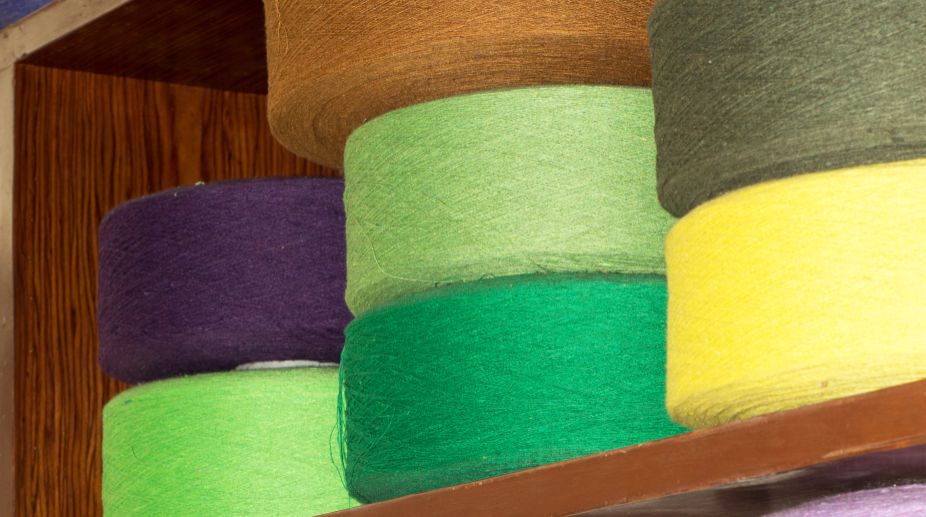Debunking protein myths
Debunking common myths surrounding protein intake and its impact on health, from the necessity of meat for muscle gain to the role of protein powder in fitness routines.

(Getty Images)
Scientists have found a way to spin artificial silk out cow's whey proteins, an advance that may pave the way for a new generation of novel biosensors or self-dissolving wound dressings.
Due to its many remarkable characteristics, silk is a material high in demand in many areas.
It is lightweight, yet stronger than some metals and can be extremely elastic. Currently, silk is harvested from farmed silkworms, which is quite costly.
Advertisement
"Across the globe, many research teams are working on methods to artificially produce silk," said Stephan Roth from DESY.
"Such artificial materials can also be modified to have new, tailor-made characteristics and can serve for applications like novel biosensors or self-dissolving wound dressings, for example," said Roth, an adjunct professor at Royal Institute of Technology (KTH) in Sweden.
However, imitating nature proved hard in the case of silk.
Researchers focused on self-assembling materials.
"Some proteins assemble themselves into nanofibrils under the right conditions. A carrier fluid with these protein nanofibrils is then pumped through a small canal," said Fredrik Lundell from KTH.
"Additional water enters perpendicular from the sides and squeezes the fibrils together until they stick together and form a fibre," said Lundell.
The latter process is called hydrodynamic focussing and the team has used it before for producing artificial wood fibres from cellulose fibrils.
"In fact, the process has several similarities with the way spiders produce their silk threads," said Christofer Lendel, also from KTH.
In the new study, the nanofibrils were formed by a protein from cow's whey under the influence of heat and acid.
The fibrils shape and characteristics strongly depend on the protein concentration in the solution. At less than four per cent, long, straight and thick fibrils form.
They can be up to 2,000 nanometres long and four to seven nanometres thick.
However, at an only slightly higher protein concentration of six per cent or more in the initial solution, the fibrils remain much shorter and thinner with an average length of just 40 nanometres and a thickness of two to three nanometres.
Also, they are curved looking like tiny worms and 15 to 25 times softer than the long, straight fibrils.
In the lab, however, the short and curved fibrils formed much better fibres than the long and straight fibrils.
Researchers obtained artificial silk fibres that were roughly five millimetres long and of medium quality.
"We used the whey protein to understand the underlying principle in detail. The whole process can now be optimised to obtain fibres with better or new, tailor-made properties," said Lendel.
This way, the results of the study could help to develop materials with novel features, for example artificial tissue for medical applications.
The study was published in the journal PNAS.
Advertisement